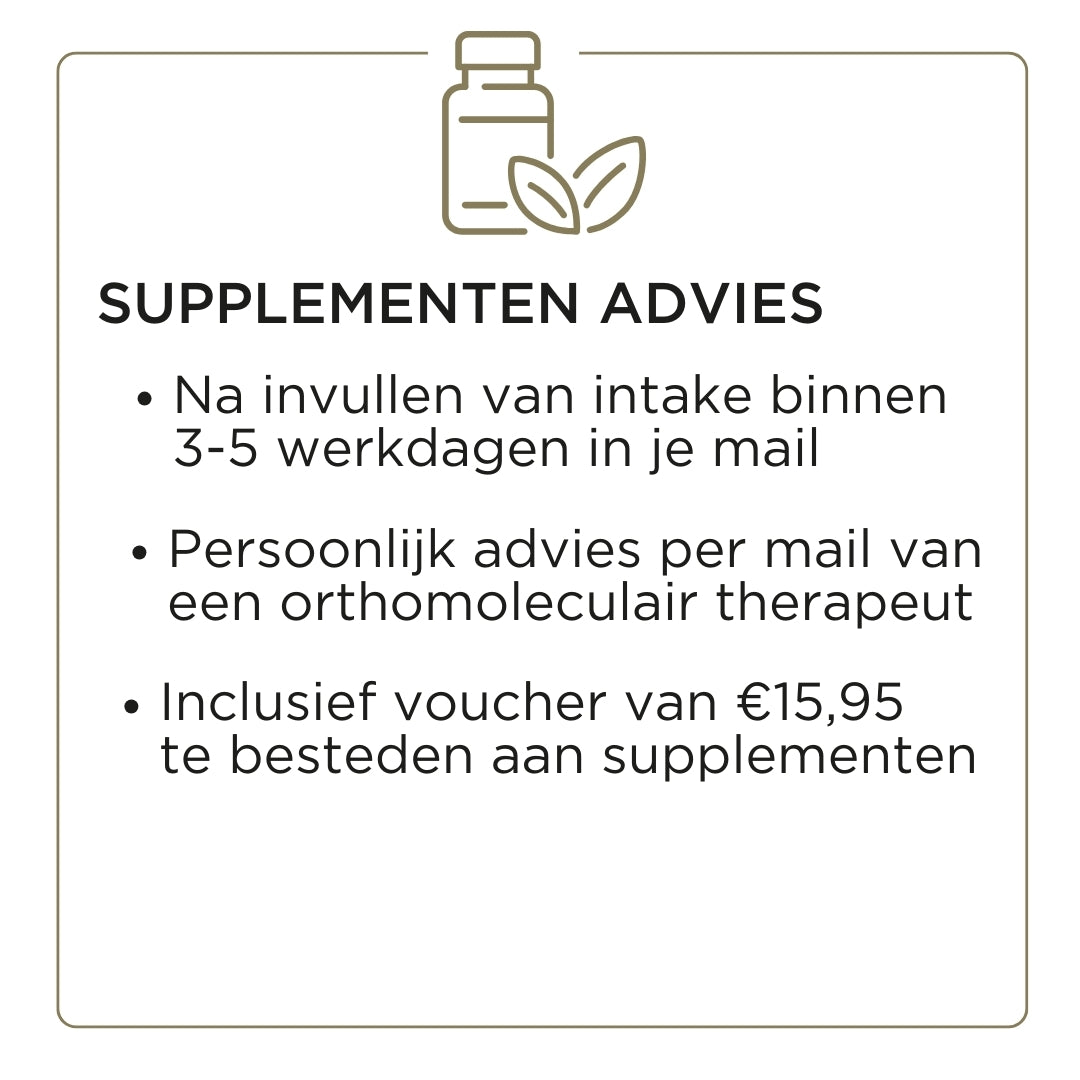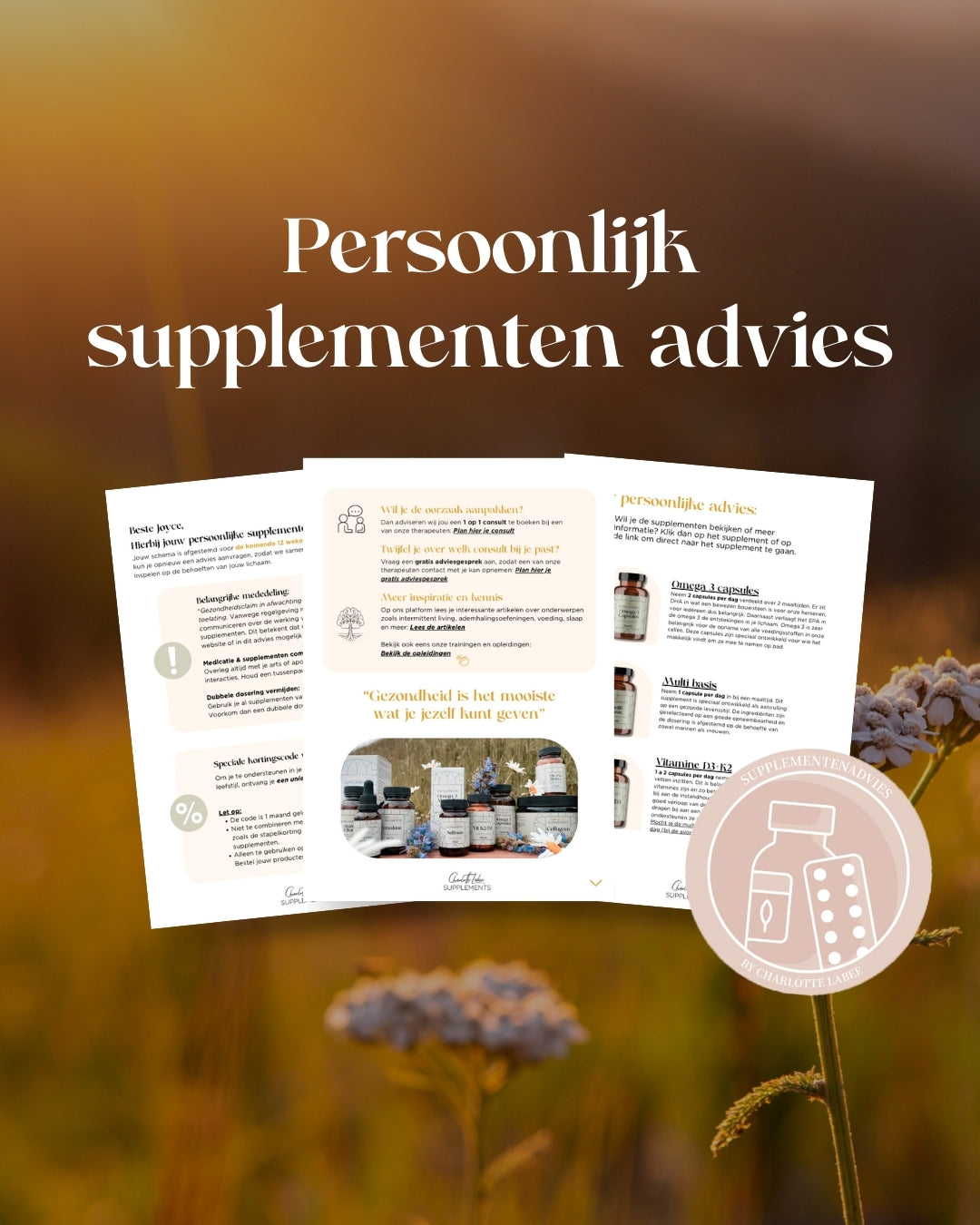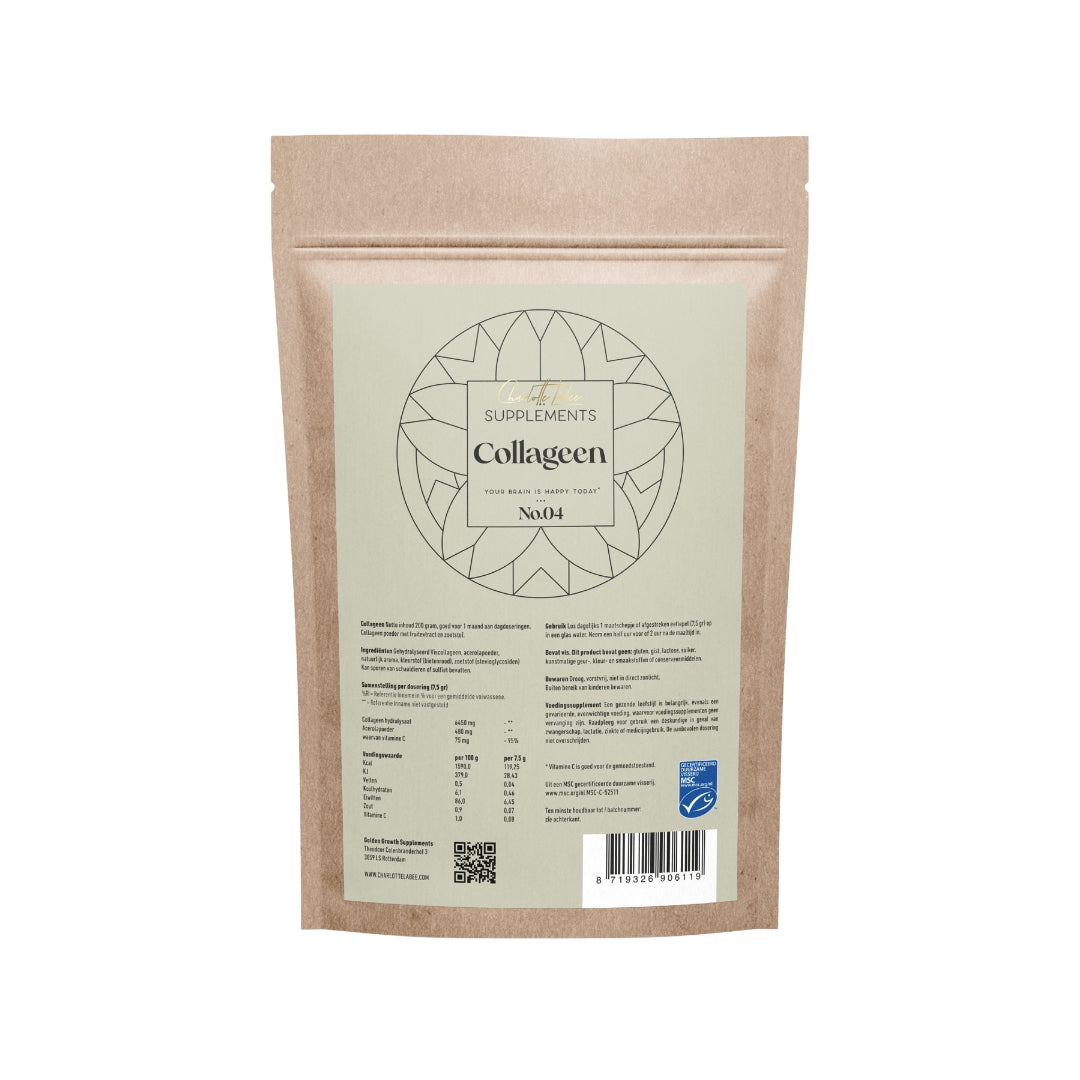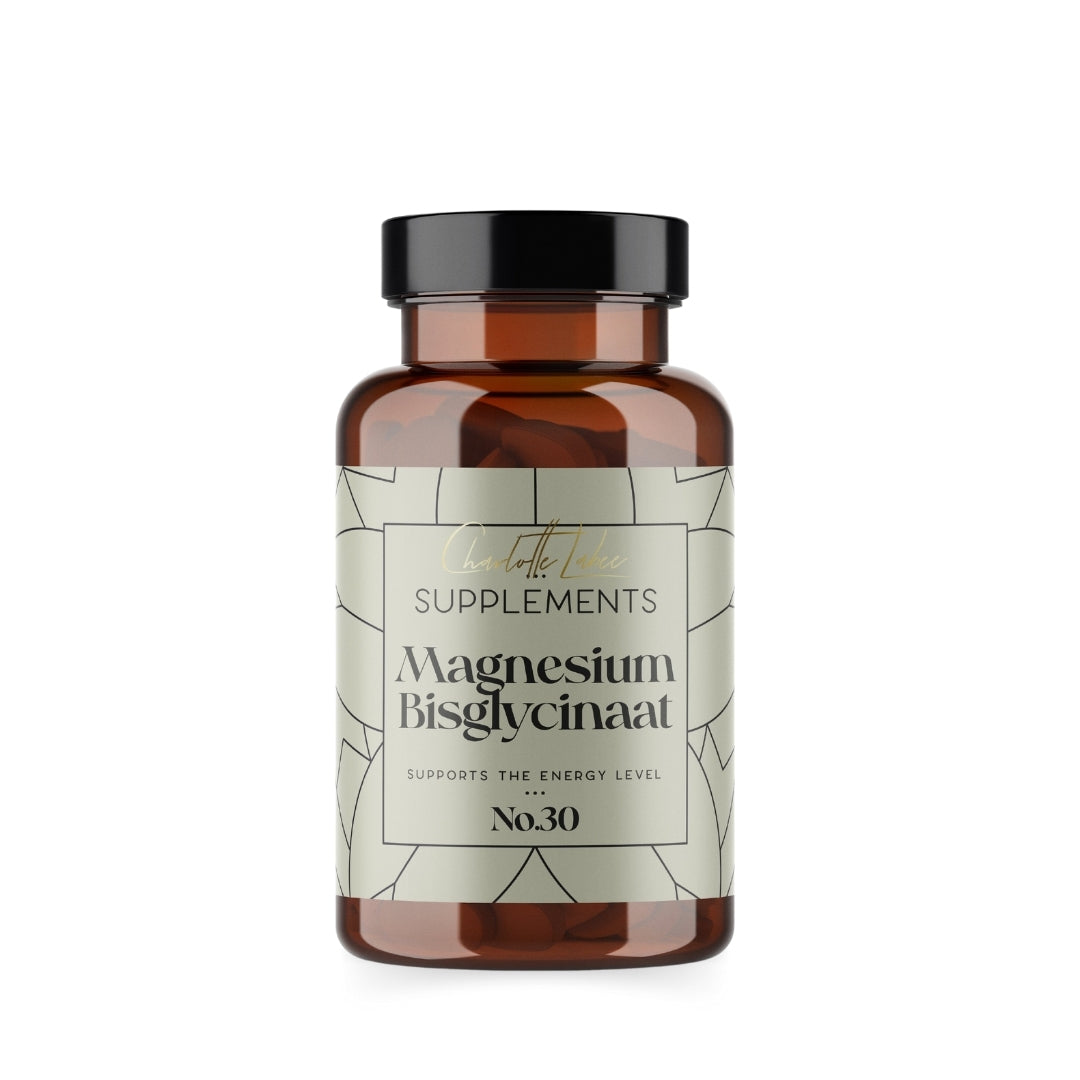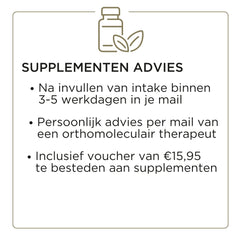Veel supplementen trekken de aandacht met veelbelovende claims op de voorkant van de verpakking. Toch vertelt dit je nog lang niet alles wat je over een product moet weten. Supplementen bevatten namelijk nog veel meer stoffen dan alleen die waar de producent mee adverteert. Een overzicht van alle ingrediënten vind je terug op het etiket op de achterkant van de verpakking.
Het lezen van etiketten is essentieel om zeker te weten dat je de goede supplementen koopt. Wel is dit een vak apart, want je moet weten wat bepaalde termen betekenen en ook op welke zaken je hierbij moet letten. In dit artikel geef ik je mijn 7 beste tips om etiketten van supplementen op de juiste manier te interpreteren.
1). Let op de belangrijkste werkzame stoffen
Het ingrediënt waarvan er het meest in het supplement zit, wordt als eerste op de ingrediëntenlijst vermeld. Dit hoeft zeker niet altijd de voedingsstof te zijn die op de verpakking wordt aangeprezen. Zo kan een visoliesupplement bijvoorbeeld meer zonnebloemolie bevatten dan visolie. Ook kan de hoeveelheid van de aangeprezen stof simpelweg te laag zijn voor een optimale werkzaamheid. Kijk daarom altijd goed naar het eerste ingrediënt op het etiket en beoordeel of dit overeenkomt met je verwachtingen.
2). Let op de weergave van de samenstelling
Voor de weergave van de samenstelling van supplementen gelden geen hele strenge richtlijnen. Producenten kunnen hierdoor zelf kiezen of ze de samenstelling per tablet of per (dag)dosering weergeven. Houd er rekening mee dat het verschil hiertussen een sterk vertekend beeld kan geven. Een dagdosering kan bijvoorbeeld uit meerdere pillen bestaan, waardoor het lijkt alsof het ene supplement veel meer werkzame stoffen bevat dan het andere. Let hier daarom goed op als je de samenstelling van twee supplementen met elkaar vergelijkt.
3). Let op de geadviseerde wijze van inname
De manier waarop je een supplement inneemt, kan veel invloed hebben op de opneembaarheid van de ingrediënten in je lichaam. Denk hierbij alleen al aan het verschil tussen inname op een nuchtere maag of tijdens de maaltijd. Sommige stoffen worden beter opgenomen in combinatie met een (vetrijke) maaltijd, zoals bepaalde vetoplosbare vitaminen. Andere stoffen zijn juist gebaat bij een snelle opname en de afwezigheid van antinutriënten, waardoor je deze ingrediënten het liefst op een nuchtere maag tot je wilt nemen. Lees het inname-advies op het etiket daarom altijd na en raadpleeg bij twijfel een expert.
4). Let op eventueel aanwezige toxische stoffen
Je zou denken dat toxische stoffen tegenwoordig niet meer in supplementen aanwezig zijn, maar het tegendeel is helaas waar. Eens in de zoveel tijd verschijnen er berichten in de media over producten die uit de handel gehaald zijn wegens gevaarlijke verontreinigingen. Met name goedkopere supplementen bevatten soms nog altijd stoffen zoals nikkel, tin (titanium dioxide) of fluor. Deze wil je voor de gezondheid van je lichaam en hersenen liever vermijden. Lees daarom niet alleen goed het etiket, maar probeer je voorafgaand aan je aankoop ook te oriënteren op de werkwijze van de fabrikant en de herkomst van de gebruikte ingrediënten. Kun je hier weinig tot niets over vinden? Dan is dit vaak geen goed teken.
5). Let op eventueel aanwezige allergenen
Allergenen zijn stoffen die allergische reacties kunnen opwekken. De Europese Unie schrijft voor dat allergenen die de meeste overgevoeligheidsreacties veroorzaken duidelijk vermeld moeten worden op het etiket van supplementen. Deze ingrediënten staan daarom vaak in hoofdletters weergegeven of zijn vet- of schuingedrukt. Veelvoorkomende allergenen zijn onder meer ei, pinda, vis, schaaldieren, soja, noten, sesamzaad en glutenbevattende granen. Ook als deze ingrediënten niet in de productformule van een supplement zitten, kunnen ze er toch in belanden doordat ze in dezelfde fabriek voor een ander productieproces worden gebruikt.
6). Let op het batchnummer op het etiket
De aanwezigheid van een batchnummer is wat je mag verwachten van een kwalitatief hoogwaardig supplement. Dit nummer stelt de producent namelijk in staat om de herkomst en het productieproces van een supplement altijd te traceren. Een batch is een partij supplementen die in één keer is gemaakt, waardoor je zeker weet dat alle producten in de batch dezelfde eigenschappen hebben. Ook de controle van supplementen door relevante instanties gebeurt dan ook doorgaans per batch. Kijk daarom altijd op het etiket of een supplement een batchnummer heeft.
7). Let op de prijs-kwaliteitsverhouding van het supplement
Op het etiket van supplementen vind je informatie over de vorm (organisch of anorganisch), hoeveelheid werkzame stoffen en dagdosering. Hoe minder goed opneembare ingrediënten het supplement bevat, hoe minder waar je krijgt voor je geld. Bij de meeste supplementen geldt dan ook dat goedkoop duurkoop is. Vergelijk het etiket van een goedkoop supplement voor de grap maar eens met dat van een supplement dat hoog staat aangeschreven. De kans is groot dat er in het duurdere supplement niet alleen meer, maar vooral ook veel beter opneembare stoffen zitten. De enige stoffen die goedkope supplementen vaak in grote hoeveelheden bevatten, zijn een aantal wateroplosbare vitamines die je bij een hoge inname weer uitplast. Zo bekeken zijn duurdere supplementen zo duur nog niet, omdat ze gegarandeerd goed opgenomen worden en daarmee het effect hebben waarvoor je ze koopt. Ontdek al onze supplementen nu!
